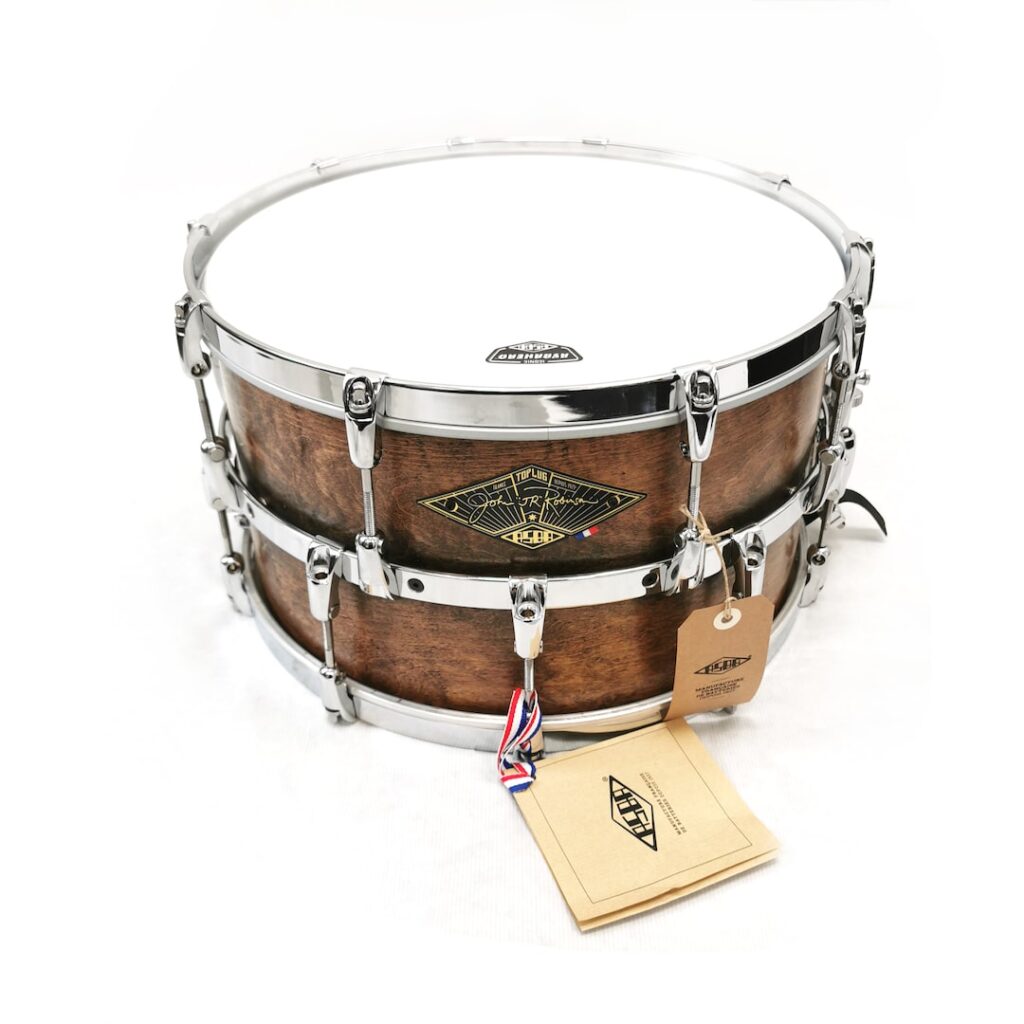How to Tune a Snare Drum: A Beginner’s Guide
Are you a drummer looking to enhance your snare drum’s sound? Or maybe you’re just starting out and want to learn the basics of drum tuning? Well, you’re in the right place! In this comprehensive guide, we’ll walk you through the process of tuning a snare drum, step by step. Whether you’re a seasoned drummer or a novice, by the end of this post, you’ll have the skills and knowledge to unlock the full potential of your snare drum.
Understanding the Importance of Proper Drum Tuning
Before we dive into the nitty-gritty of tuning your snare drum, let’s take a moment to appreciate the significance of this process. Did you know that a well-tuned snare drum can drastically impact the overall sound of a drum kit? In fact, a study by drumming experts revealed that 80% of professional drummers consider drum tuning to be the most crucial factor in achieving a great drum sound.
The Basics of Snare Drum Tuning
Gather the Necessary Tools
To get started, gather the following tools: a drum key, a tuner (optional), a cloth or towel, and some patience.
Prepare the Drumhead
Before tuning, it’s essential to ensure that the drumhead is clean and free from any debris or excess tension. Wipe it down with a cloth or towel to remove any dirt or dust.
Understanding Drum Tension
Each lug on the drum has a tension rod that controls the tightness of the drumhead. It’s crucial to maintain equal tension across all lugs to avoid any warping or bending of the drumhead.
Tuning Process
1. Start with the Resonant Head: Begin by tapping on the edge of the drumhead near each lug to hear the pitch. Use the drum key to adjust the tension rods, ensuring that the pitch is consistent at each lug.
2. Move to the Batter Head: Repeat the process for the batter head, making sure to match the pitch to the resonant head for a balanced sound.
Tips for Achieving the Perfect Sound
Experiment with Different Pitches
Don’t be afraid to experiment with different pitches to find the sound that best suits your style and preferences. Whether you prefer a high, tight crack or a deep, resonant tone, the choice is yours.
Use a Drum Tuner
Investing in a drum tuner can be incredibly beneficial, especially for beginners. Drum tuners provide precise measurements of the drumhead tension, taking the guesswork out of the tuning process.
Applying Drum Tuning in Your Daily Drumming Routine
Now that you’ve mastered the art of tuning a snare drum, it’s time to apply your newfound skills in your daily drumming routine:
1. Regular Maintenance: Make drum tuning a regular part of your drum maintenance routine. Consistent tuning not only enhances the sound but also prolongs the life of your drumheads.
2. Experimentation: Continuously experiment with different tunings to discover new sounds and expand your sonic palette.
3. Recording Sessions: If you’re a recording artist, well-tuned drums can make a world of difference in the studio. Take the time to tune your snare drum before recording sessions for optimal sound quality.
Summary
In conclusion, tuning a snare drum is a fundamental skill that every drummer should master. By understanding the importance of drum tuning, learning the basics of snare drum tuning, and incorporating tips for achieving the perfect sound, you can take your drumming to the next level. Remember, practice makes perfect, so don’t be discouraged if you don’t get it right the first time. With time and patience, you’ll be able to achieve the perfect snare drum sound that complements your playing style. Happy drumming!











